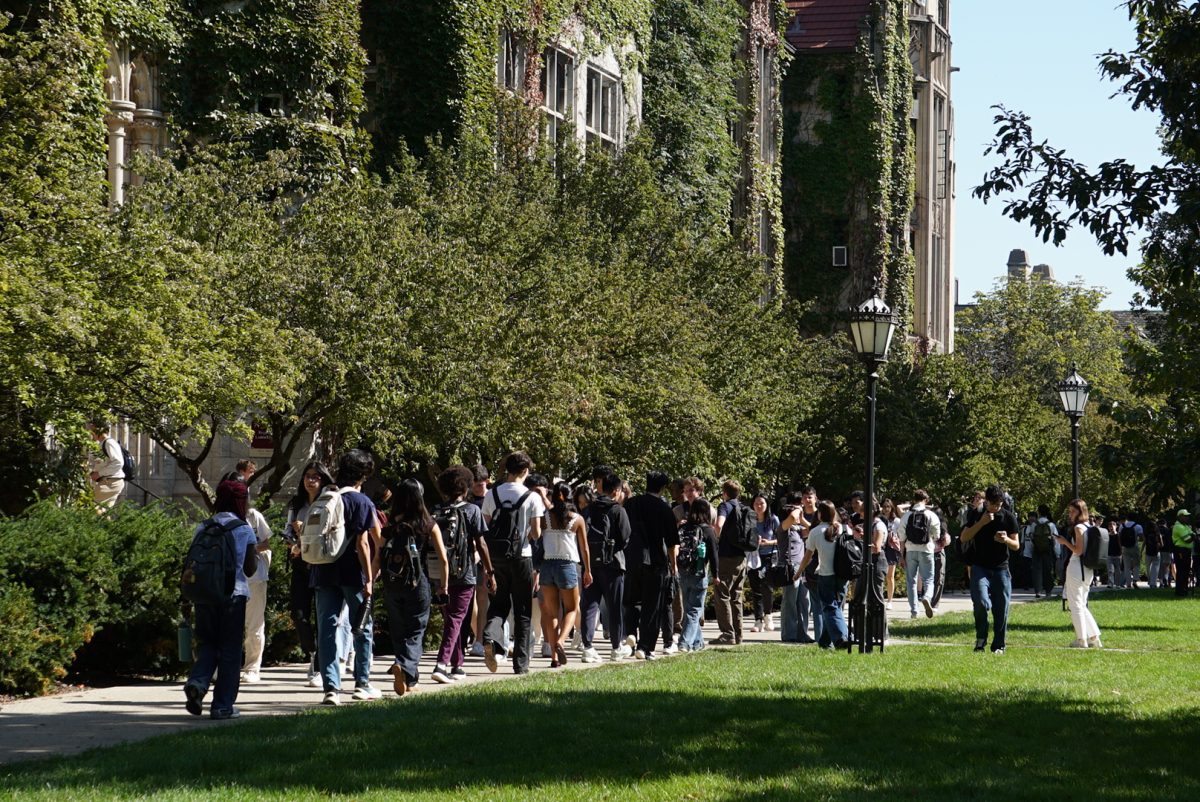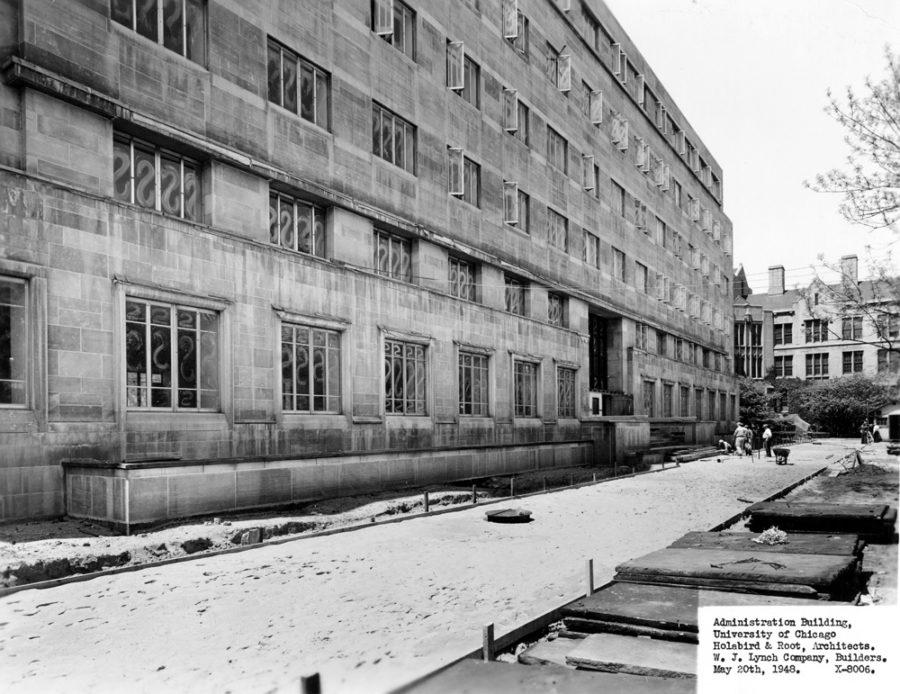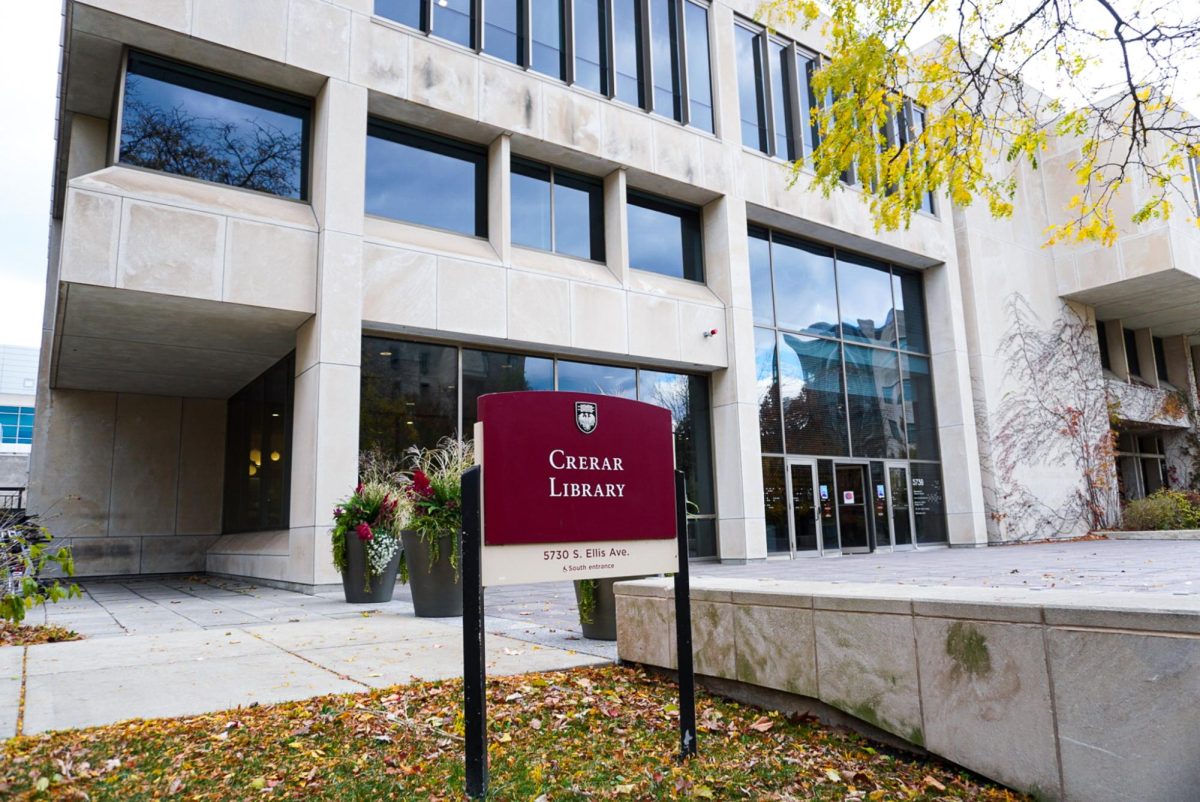President Zimmer has recently made several big announcements regarding expensive initiatives and projects that the University hopes will be beneficial in the near and long-term future. These frequent announcements of incredibly expensive projects are starting to sound like a MasterCard commercial—one can almost hear the smug narrator list off the series of expensive items: “New dorm: $150 million, new library: $50 million, new art center: $150 million…”
It’s pretty easy to ridicule the president as some Ed McMahon figure signing blown-up checks as some on these pages have started to do. The recent library expansion, which looks more like a futuristic fighting arena than a place of learning, is even easier to ridicule. Yet, considering that we have a multi-billion dollar endowment and that the goal of the University is to foster high-quality academic research in a supportive environment, it seems that most of these initiatives are appropriate investments rather than frivolous spending. That said, it would be nice if the University planned to invest in its most important resource: its students.
What do I mean by this? Many of our peer institutions are starting to offer extremely generous financial-aid incentives. At Harvard, for instance, anyone making less than $100,000 can go to the school for free, and it’s still fairly inexpensive for families making more than that. Similarly, Yale and Princeton are looking to follow suit by creating similar incentives to draw more students to their schools, as well as making the statement that they value education over money.
These are vital steps in creating a new meritocracy and expanding the educational opportunities for Americans at a time of economic uncertainty. While our university does offer generous financial aid to many of its students and has proposed a multi-million dollar grant to lower tuition, it could still take a much more active step toward ensuring that college is affordable for more people. The University is quite generous to people in the lower-income brackets, but for many people stuck in the middle—”too rich” to qualify for the University’s financial aid and “too poor” to fully pay for their education—life can be miserable. I have some friends who are working full time to pay their student bills; for them, money becomes a primary concern to the point that academics, their main reason for coming to the University, are placed on the back burner as these financial issues threaten to overwhelm them.
It is tempting for a leader like President Zimmer to build physical edifices to ensure his legacy. It is much easier for someone with his kind of power to look back on his career and point to physical structures such as the new library or the Milton Friedman Institute and say, “I built that—that is my legacy.” In many respects those edifices are solid accomplishments for the University. But to look at a graduating class and say that its members truly lived the life of the mind, free from financial restraints and concerns, would be far more rewarding for his legacy, for the students themselves, and for the University’s reputation as a cultivator of academic excellence.
I await the e-mail announcing a proposal similar to the one at Harvard that puts a U of C education into the hands of the most students possible. That e-mail will even sound good as a MasterCard commercial: “$X million ensuring that the best minds could come to the University of Chicago regardless of ability to pay: Priceless.”
James Conway is a second-year in the College.






